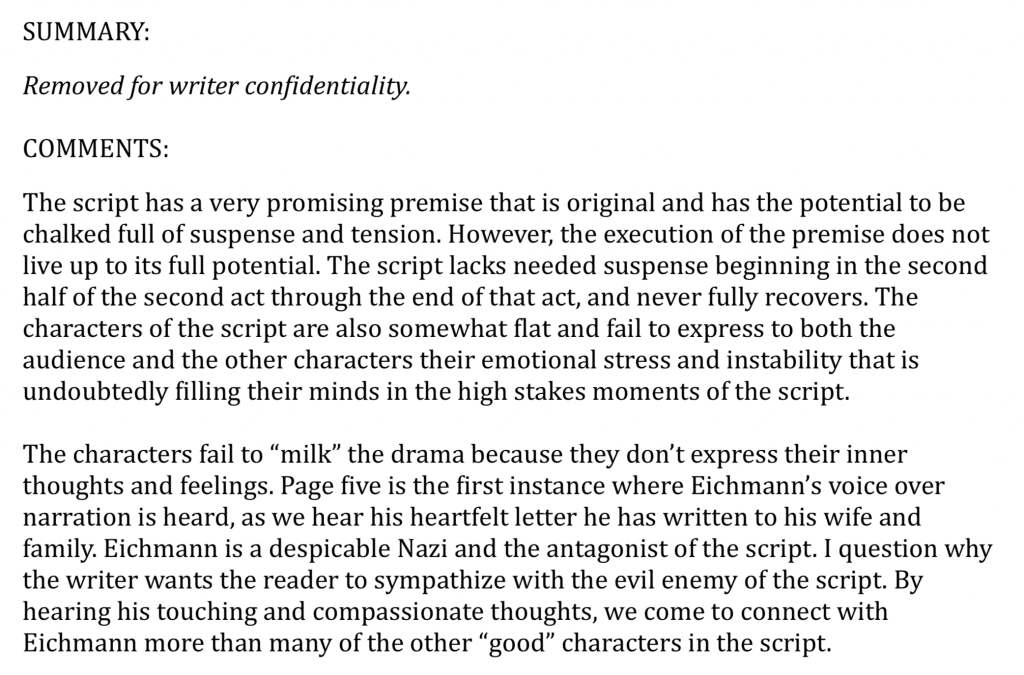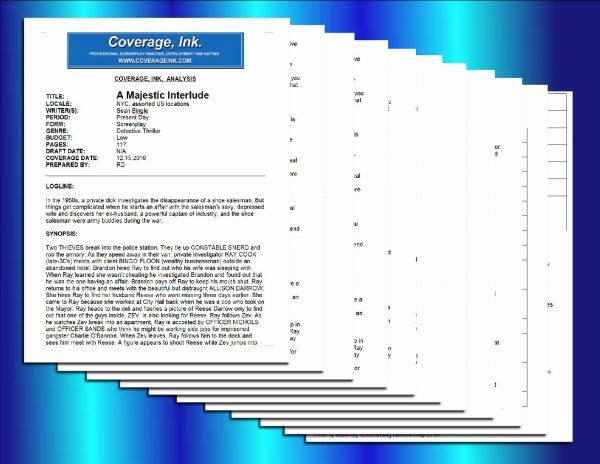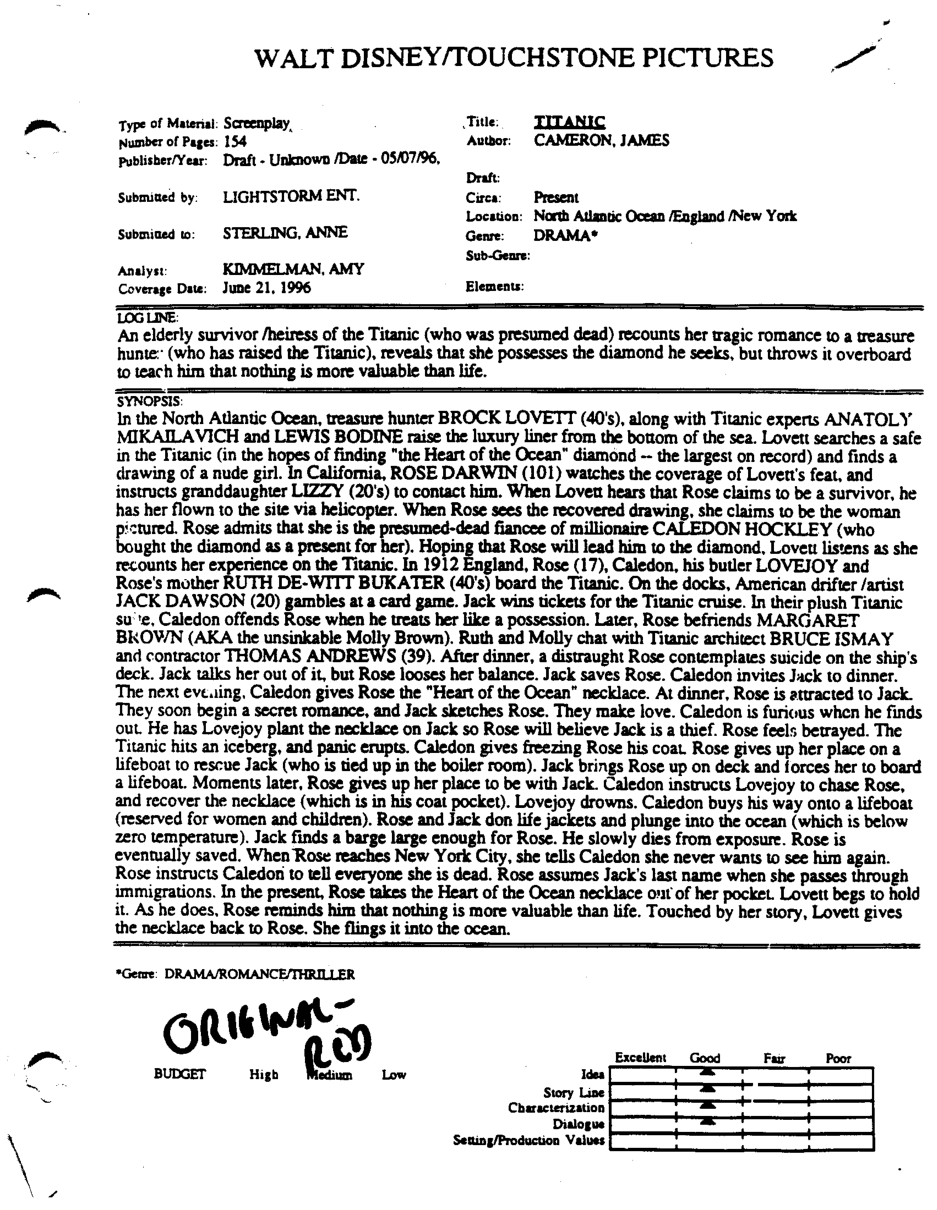Fabulous Info About How To Write Script Coverage
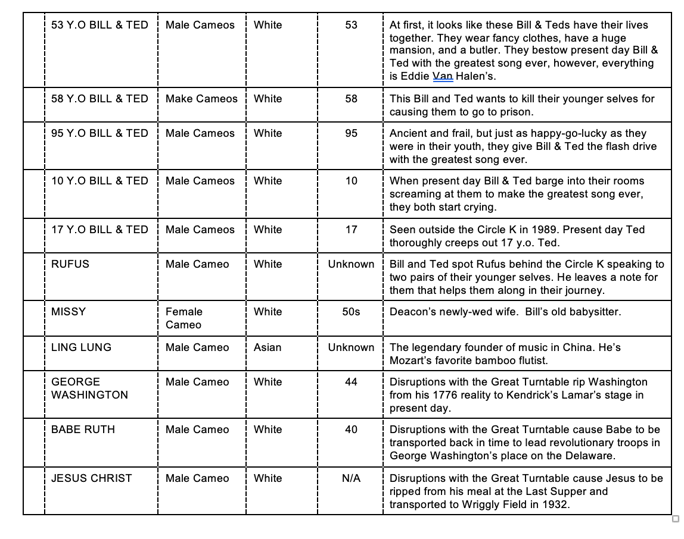
When i was writing coverage i would just write the synopsis as i read the script, a paragraph or two for each 25 pages or so, that gives you a page and a half when you're done and keeps you.
How to write script coverage. Brief, and focused on the larger problems of. Coverage is simply a reader’s report. As mentioned before, story analysts (aka a “reader”) write script coverage on your screenplay, which consists of a review of the pros and cons of the material.
Writing a brief synopsis for a screenplay is the act of distilling the script’s story down to its. The basic specifications, format, and guidelines. To give effective notes, you have to master the art of analyzing a screenplay from a.
The main points of each coverage component are outlined here to jog. Readers are companies’ first and best line of defense. Every coverage form should have a centered script title heading, and the eventual file name.
Script coverage synopsis fundamentals for new script readers. How to write a synopsis for script coverage. Stay focused on the big script notes.
The 6 basic elements of a script coverage 1) the header is the section at the top of the script coverage containing the “metadata” about the script. Script coverage usually consists of a one to three page summary of the material from start to finish which highlights all characters as well as any pertinent story points. With a slightly dragging pace, a lack of dimensionality in some key secondary characters, and a plot that isn’t totally nailing stakes yet, this script stands to definitely improve.
When writing your own coverage notes, write it like a script reader doing script coverage would: The studio executives will read the coverage to see the screenplay’s logline (one or two lines that state the. How to write (and assess) amazing screenplay coverage and feedback be objective.

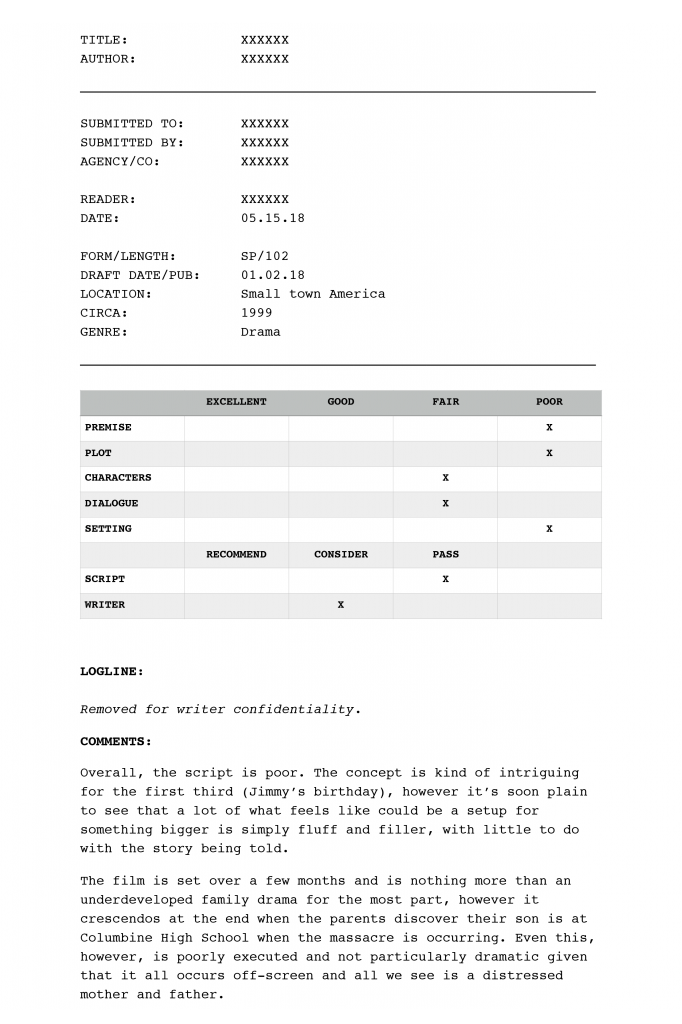

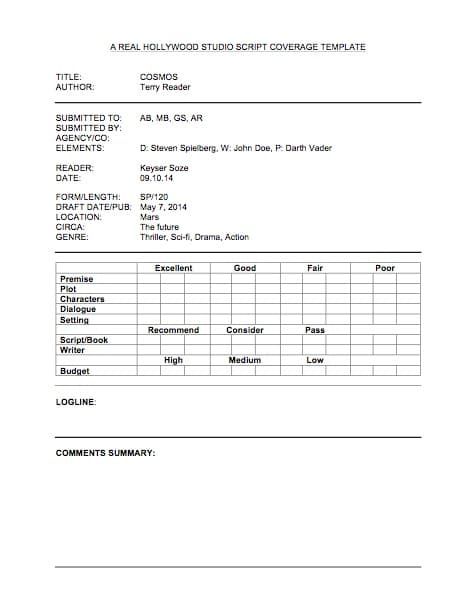
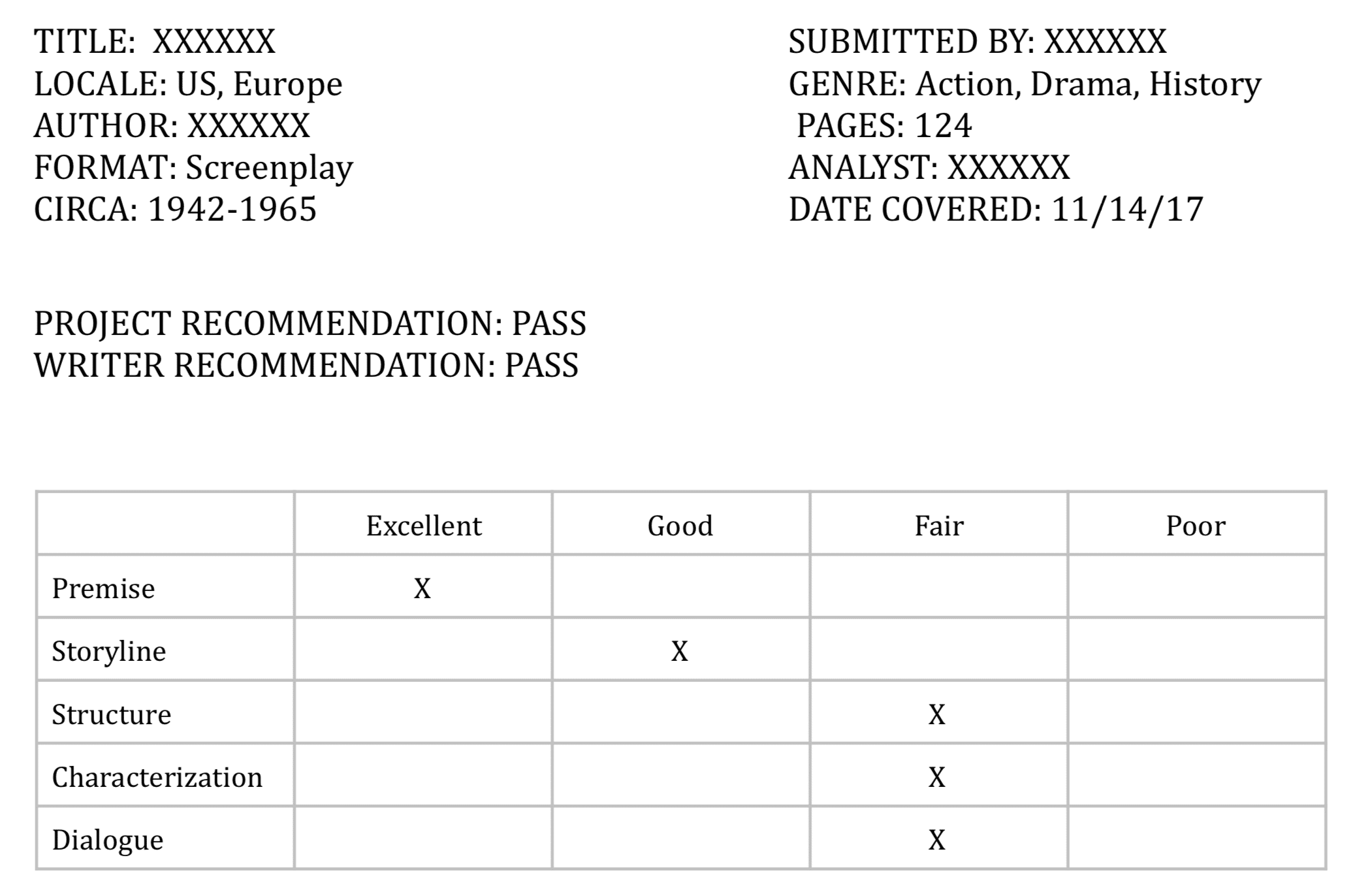
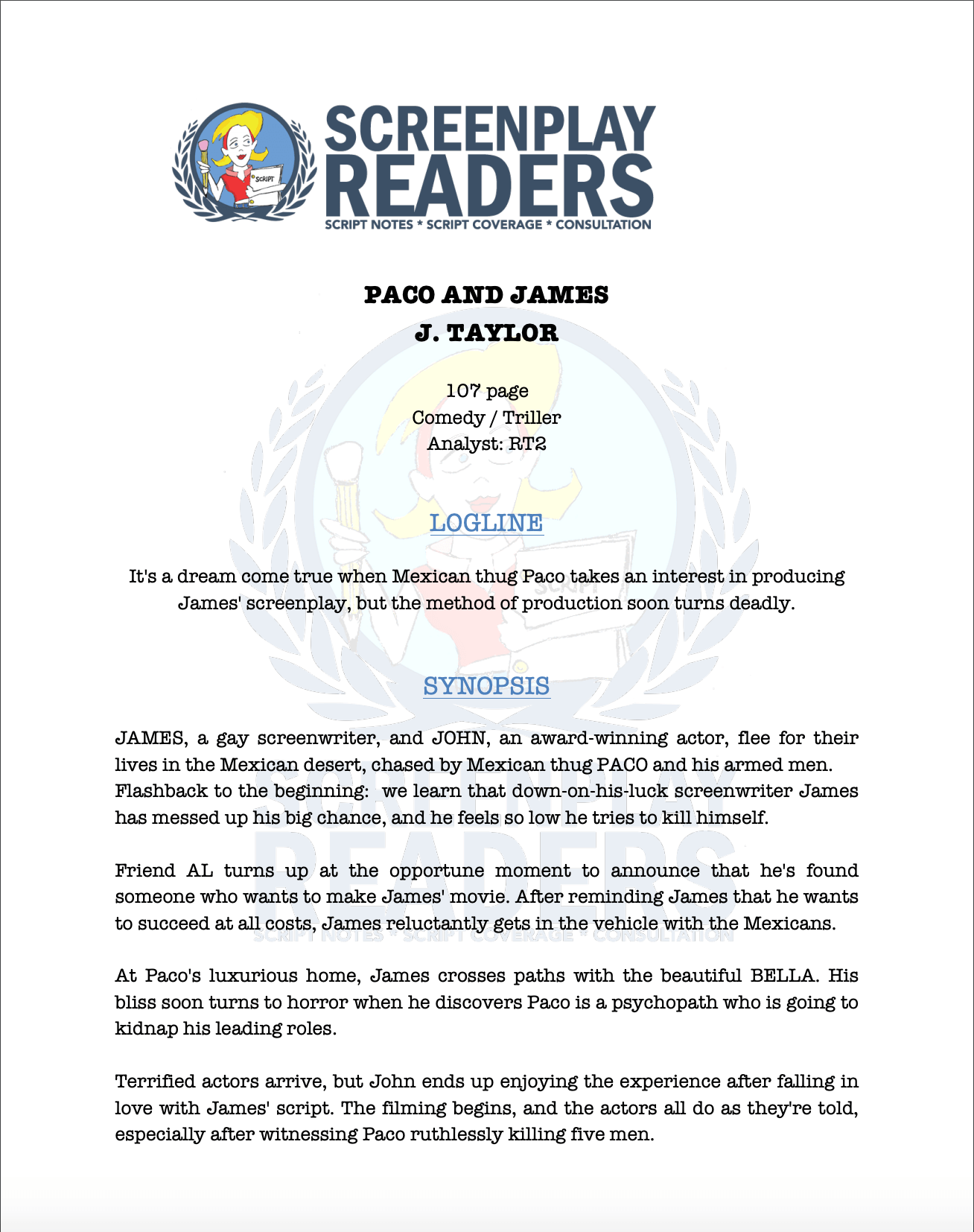
![A Complete Guide To Understanding Script Coverage [Free Template]](https://s.studiobinder.com/wp-content/uploads/2017/11/Free-Script-Coverage-Template-StudioBinder.png)
![The Ultimate Guide To Script Coverage [Example]](https://blog.assemble.tv/hs-fs/hubfs/Coverage_6.png?width=684&name=Coverage_6.png)
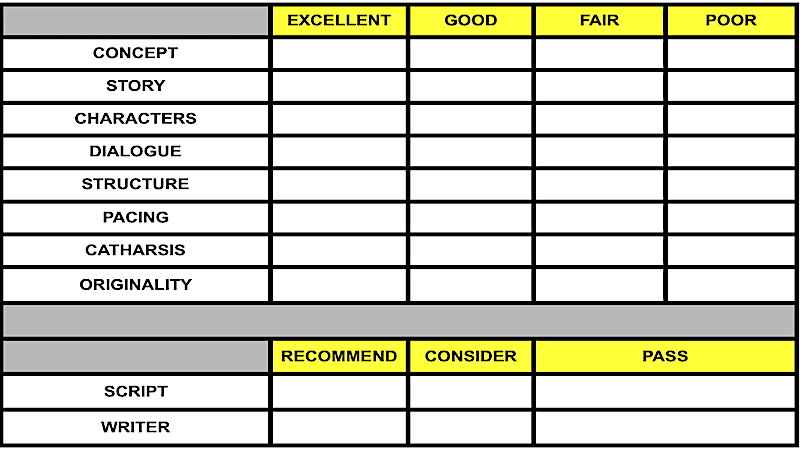
![The Ultimate Guide To Script Coverage [Example]](https://blog.assemble.tv/hs-fs/hubfs/CoverageTHREE.png?width=684&name=CoverageTHREE.png)
